Disagreement over how the rules of racing are enforced in Formula 1 reached a boiling point at the final race of the 2021 season, prompting the FIA to make many changes for 2022.
One small but important change concerned what should happen if a driver leaves the track and by doing so either passes a rival, gains grounds on them or avoids losing a position to them. At the opening race of the championship in Bahrain, Wittich informed drivers and their teams that the race director would no longer tell them when to give up any positions gained or retained illegally. From then on it would be up to teams or drivers to voluntarily return places achieved by an illegal advantage, or risk receiving a penalty.But by the end of the year this was no longer than case. During the Abu Dhabi Grand Prix Lewis Hamilton appeared to cut the track to retain a position over Carlos Sainz Jnr on the first lap. Mercedes consulted Race Control and were informed that Hamilton would be penalised if Mercedes did not tell him to yield to Sainz, which they subsequently did.
That appeared to be a completely different approach than had been taken in Mexico after Pierre Gasly was involved in a similar incident with Lance Stroll. Instead, the AlphaTauri driver was hit with a five-second time penalty for failing to return the place to Aston Martin.
Why were these two similar incidents seemingly handled differently, and do other events earlier in the year shed light on the thinking behind those decisions?
Incident 1: Perez vs Sainz – Saudi Arabian Grand Prix
Incident: Sainz crosses Safety Car line ahead of Perez but Perez overtakes Sainz anyway
Position returned?: Yes – five laps later
Instructed by race control?: Yes
Penalty issued?: No
Sergio Perez was leading the Saudi Arabian Grand Prix when he pitted from the lead at the end of lap 15. Almost immediately, the race was neutralised by a Safety Car when Nicholas Latifi crashed at the final corner. Charles Leclerc, Max Verstappen and Carlos Sainz Jnr all pitted on the next lap, with Leclerc and Verstappen rejoining ahead of Perez.
As Sainz exited the pit lane he crossed the white Safety Car line centimetres before Perez, but was pushed wide on the exit of turn two and Perez moved ahead into third place. Sainz immediately protested. “He pushed me off, I was ahead,” he said. “The FIA needs to judge this. I think I was ahead at the Safety Car.”
Red Bull team principal Christian Horner later explained that his team had consulted with the FIA over whether they needed to allow Sainz through. “It was so tight with Sainz,” Horner said. “We checked with race control, we felt that we were potentially slightly behind. We asked them to check and they confirmed that.”
Before the restart, Perez was told “Checo, we need to give up the position to Sainz after the restart,” with Sainz also warned that the Red Bull would return his position. Perez complied once the race was back to green flag racing on lap 21, allowing the Ferrari driver through on the approach to turn four.
Advert | Become a RaceFans supporter and
Incident 2: Russell vs Hamilton – Miami Grand Prix
Incident: Russell passes Hamilton after running off track the corner prior
Position returned?: Yes – three laps later
Instructed by race control?: Yes
Penalty issued?: No
Late in the Miami Grand Prix, the Safety Car was deployed due to a crash involving Lando Norris and Pierre Gasly on lap 41. George Russell took advantage to pit from fifth position for medium tyres, rejoining just behind team mate Lewis Hamilton in seventh.
On lap 50, after the race had restarted, Russell was all over his team mate on fresher, faster tyres. He tried a move around the outside of turn 11, running off the track before diving up the inside of Hamilton into turn 12 and gaining the position through the corner. Three laps later, Russell received an instruction to return the position to his team mate.
“George, we need to give the place back to Lewis because we went off-track when we overtook,” Russell’s engineer Riccardo Musconi informed him. “He pushed me off the track,” Russell protested. However, Musconi insisted that “race control asked the question.”
Russell allowed his team mate through along the pit straight at the start of lap 54 – three-and-a-half laps after the initial pass was made. Mercedes team principal Toto Wolff later confirmed that the FIA had told Mercedes Russell had to give up the position.
Advert | Become a RaceFans supporter and
Incident 3: Gasly vs Stroll – Mexican Grand Prix
Incident: Gasly passes Stroll off track by forcing him wide, fails to return the position
Position returned?: No
Instructed by race control?: No
Penalty issued?: Yes – five second time penalty
On lap 13 of the Mexican Grand Prix, Pierre Gasly and Lance Stroll were battling over 15th position. Gasly had a run on the Aston Martin driver approaching turn four and attempted to pass up the inside of the left-hander. However, Gasly locked his brakes and ran wide outside of the white lines on the exit of the corner, pushing Stroll wide with him but taking the place.
As the incident had been broadcast live on the world feed of the race, the stewards immediately noted Gasly for ‘forcing another driver off the track’. “[He] forced me wide,” Stroll reported over team radio. “Why isn’t he giving the position back?”“They’re investigating it,” Stroll’s engineer Ben Michell confirmed. “He should get a penalty.”
Two laps after the incident, a timing screen message from race control announced that the stewards were investigating Gasly for “forcing another car off the track”. Gasly did not receive any notification over the radio that his pass on Stroll was even under question.
Eventually, four laps after the pass had been made, the stewards completed their investigation and handed Gasly a five second time penalty – again announced as being due to Gasly ‘forcing another car off the track’.
“Why didn’t they ask me to let him pass again?,” Gasly questioned his time. “I don’t get it. It’s what they do all the time.”
Asked by RaceFans after the race whether AlphaTauri had been told to return the position to Stroll, Gasly said not. “I don’t think the FIA told them to give the position back, otherwise they would have said it,” he said.
Curiously, despite handing Gasly a penalty for ‘forcing another car off the track’, the official FIA decision document stated the penalty had actually been applied due to Gasly “leaving the track and gaining an advantage”, with no mention of Gasly “forcing” Stroll off the track.
Advert | Become a RaceFans supporter and
Incident 4: Hamilton vs Sainz – Abu Dhabi Grand Prix
Incident: Hamilton retains position by running off track defending a legal move from Sainz
Position returned?: Yes
Instructed by race control?: Yes
Penalty issued?: No
For the second year in succession at Abu Dhabi, Lewis Hamilton missed turn seven on the opening lap after taking avoiding action while defending from a rival attacking him into turn six. This year, it was the Ferrari of Carlos Sainz Jnr who dived to the inside of Hamilton as they approached the 90-degree left-hander.
Sainz kept his car on-track with Hamilton running out of room on the outside. He drove across the sausage kerb on the inside on the approach to turn seven and bounced over it, rejoining the circuit still ahead of Sainz. “Okay, I overtook him,” Sainz said over the radio. “He needs to give me the position back. Super unfair.”
Hamilton disagreed. “Got pushed wide, mate,” he insisted to race engineer Peter Bonnington. Having bounced over a sausage kerb before rejoining the circuit, Hamilton was far more concerned about possible damage to his car than he was about whether he had legally maintained his position.
For three laps following the incident, there was no discussion over Hamilton’s radio over whether they should concede the place to Sainz. However, as he exited turn seven on the fourth lap, Bonnington told Hamilton that Mercedes had been “asked to give the position back to Sainz.” Hamilton complied with the order on the exit of the next corner. There was no further investigation or action taken over the incident.
Advert | Become a RaceFans supporter and
Are the rules applied consistently?
It’s striking how the FIA’s race control remains a key element in teams’ decision-making process. Rather than actively telling teams what to do, it appears as if the new approach for 2022 was more passive – not giving out direct instructions but clarifying what would likely happen if teams took no action.
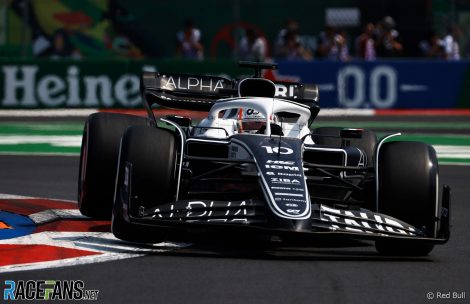
If AlphaTauri had consulted race control about whether Gasly had committed a breach it seems likely they would have been advised to allow Stroll back through. Whether or not this is the best approach to these incidents is another debate.
Perhaps adding a mechanism to the regulations – such as obliging drivers to yield positions within two minutes of an incident being noted – would help make penalties more consistent. After all, Leclerc’s penalty for holding onto second in Suzuka on the final lap after missing the final chicane was issued minutes after the chequered flag.
There is also the matter of penalty points. If a driver commits an infraction, they can expect punishment from the stewards in the form of superlicence penalty points. But unlike if a driver shunts into another driver or fails to slow down under a yellow flag, it seems that drivers who return positions have an opportunity to avoid penalty points they would otherwise receive. With Gasly heading to Alpine next season two points shy of a race ban, his new team principal Otmar Szafnauer challenged how fair the current system is.
“Who are you really punishing? Are you really punishing the driver or the team?,” Szafnauer said during the Brazilian Grand Prix weekend.
“I’m sure there are considerations this year to give places back where perhaps the team said ‘don’t’ and you get penalty points and some other things. I think we have to re-look at it and make sure that it’s equitable.”
With another season concluded, drivers and teams will have plenty more to discuss about how the rules of racing are applied in Formula 1. Gasly’s displeasure over his Mexico penalty indicates the question of when drivers should be made to give positions back – and who should be responsible for giving those instructions – is still not clear for all.
Advert | Become a RaceFans supporter and
2022 F1 season
- Mercedes told me “you’re wrong” about 2022 car’s problems – Hamilton
- FIA confirms all 10 F1 teams complied with 2022 cost cap
- Steiner “not ashamed” of panning “slow” Schumacher in Drive to Survive
- Albon believes year out of F1 improved him as a driver
- Hamilton sees diversity gains in F1 years on from his ‘traumatising’ experience of racism





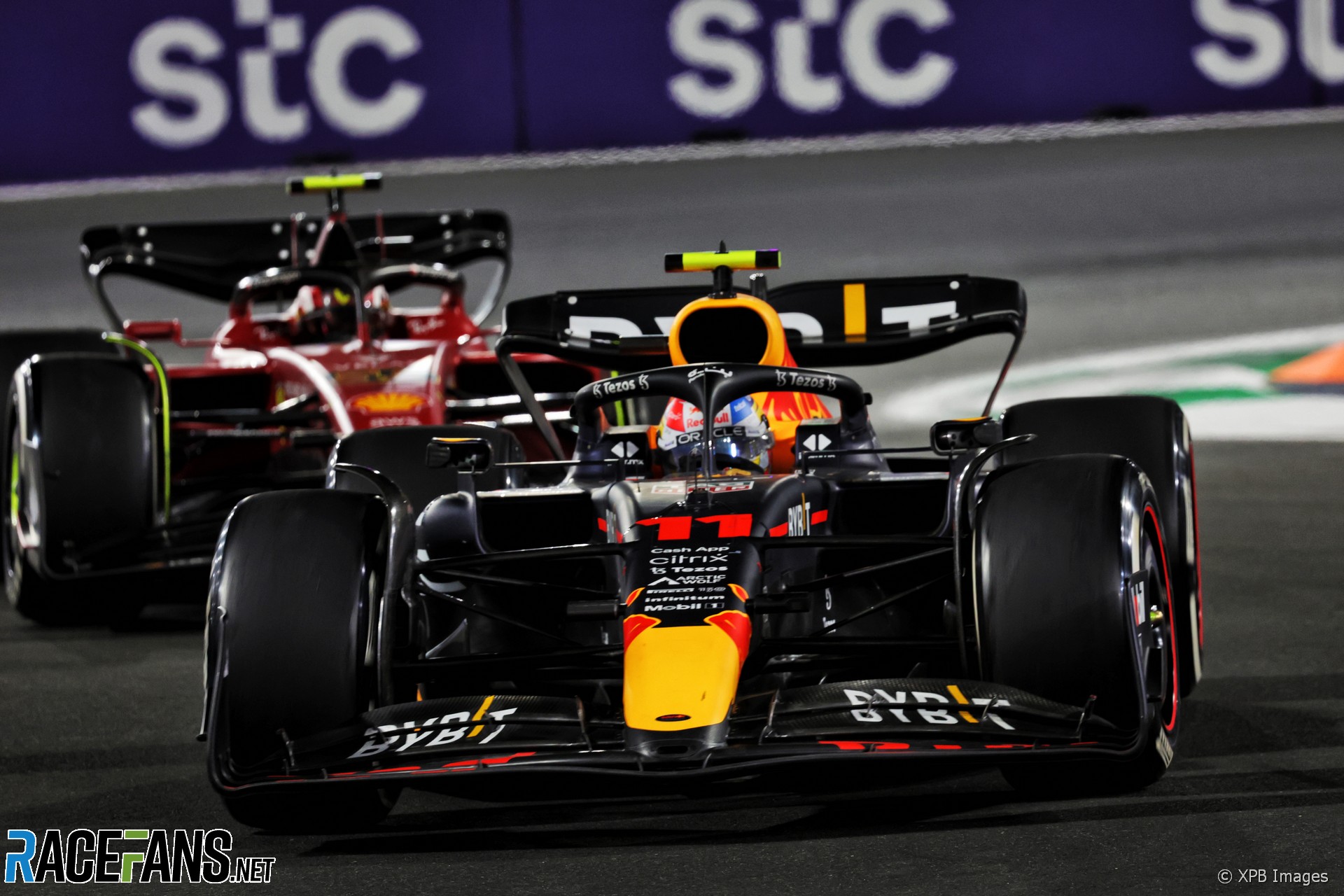
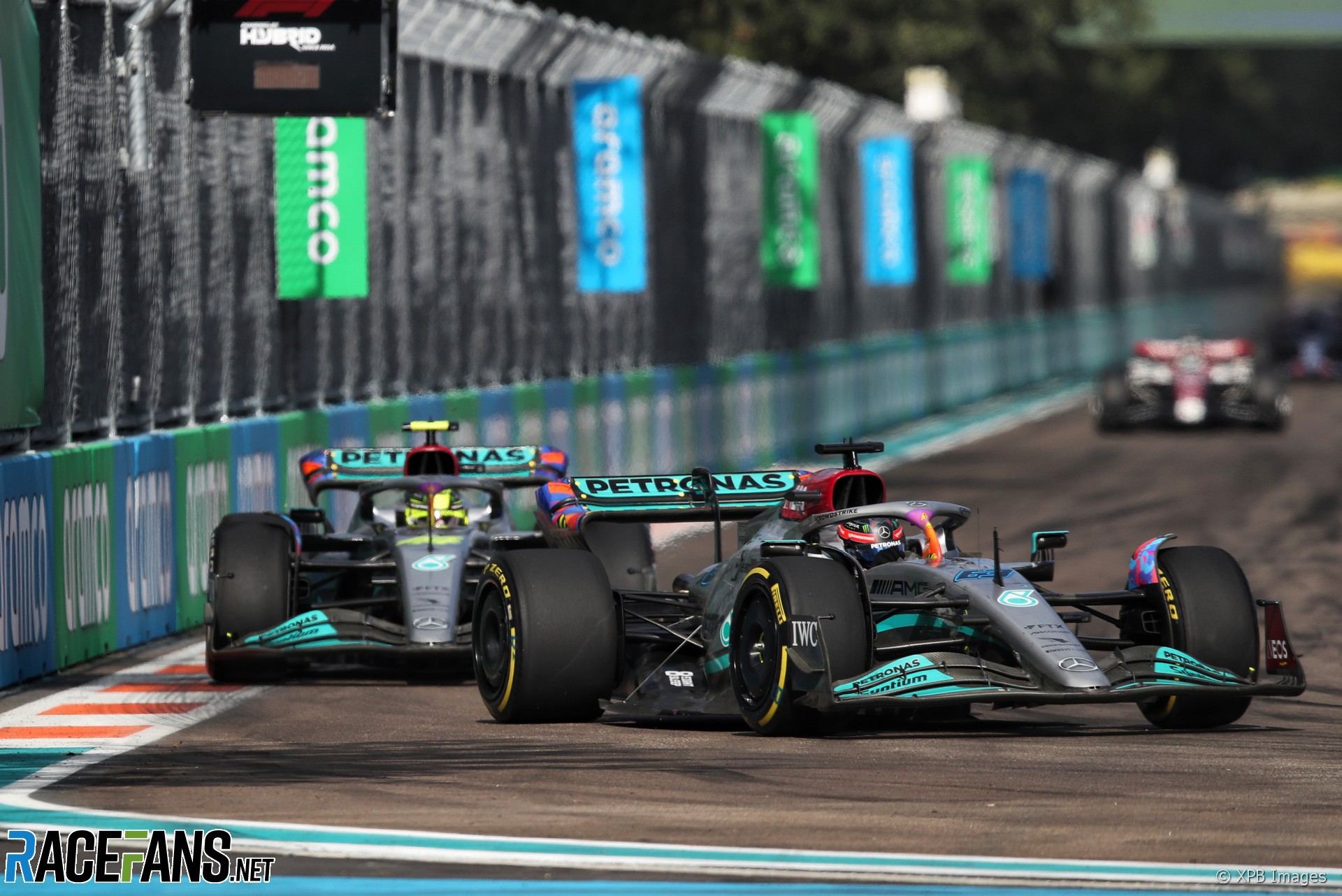
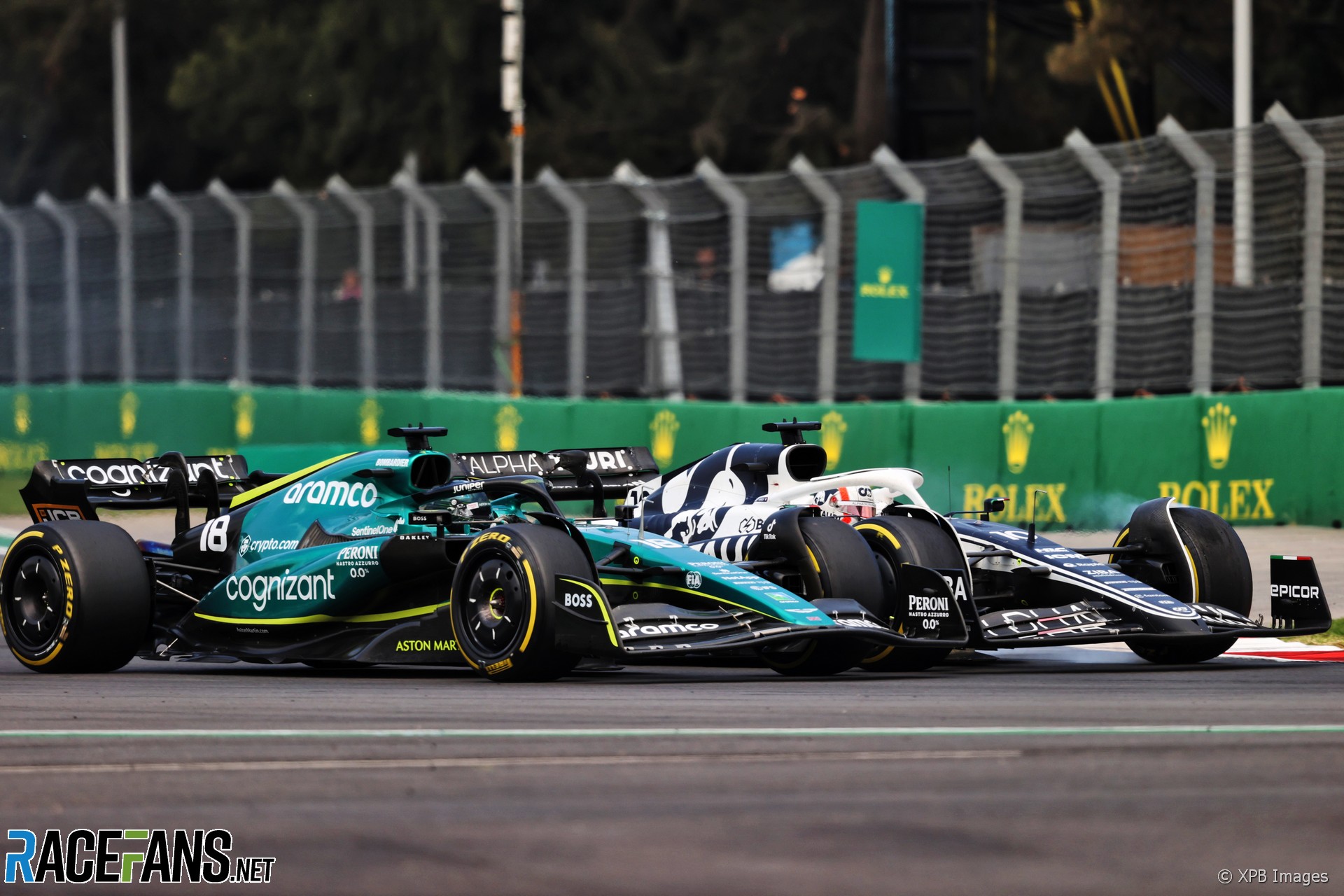
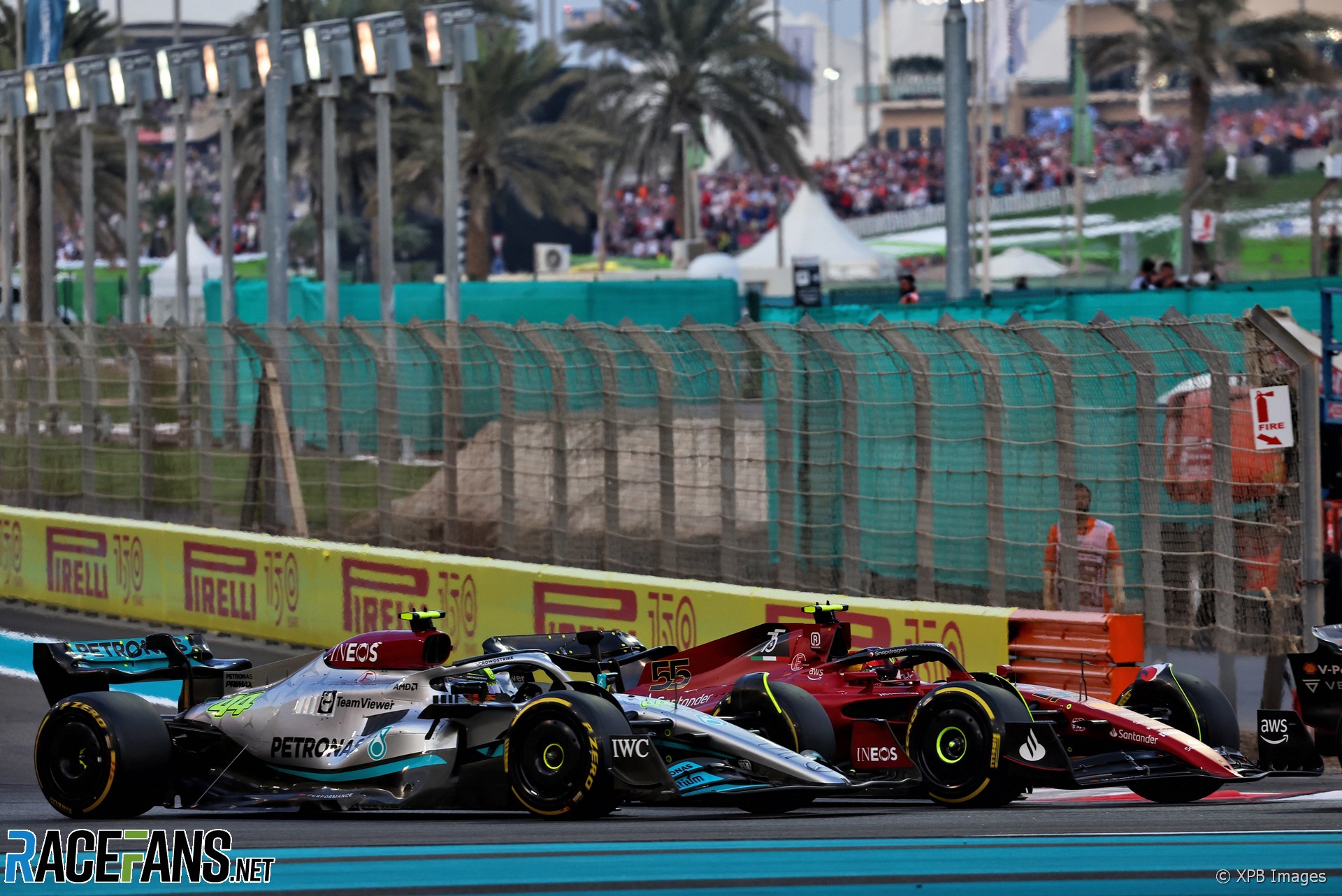
Keith Campbell (@keithedin)
5th December 2022, 13:54
I don’t think i like this passive approach of letting the teams decide whether to consult with race control or not, because that gives them choice of either yielding the position or just taking the penalty. That means they can choose the least damaging option for themselves, regardless of how it affects the opposition. If they think the position is worth more than 5 seconds, then they can just pull out the 5 seconds gap and therefore benefit from the illegal overtake – note Verstappen’s comments at the end of Bahrain 2021 where he wanted to do that rather than yield. And this would be even more applicable on other circuits, especially Monaco where overtaking is as good as impossible so one overtake could make or break your race.
I think they should go back to having race control instruct teams to give back the position, and only resort to time penalties in situations where this isn’t possible.
BasCB (@bascb)
5th December 2022, 19:42
Not sure we really need anything like RC instructing teams to do so @keithedin. I think it would be better to just tell them that unless they return a questionable gain of position / let a competitor past when the defence was dodgy within say 3 laps, they will definitely get reported and risk a penalty.
We do need the stewards to “note” an incident in time and investigate when the driver (and/or their team) does not act on this.
AlanD
5th December 2022, 15:01
Whatever the sport, I dislike rules which are open to interpetation and human judgement, and F1 is perhaps one of the worst for this with its corner cutting and racing line rules, and at the same time, it is one of the most hi-tech sports and it is quite within its capability to make this automate dand take humans out of the equation. Put sensors in the cars and automatically slow them down whenever a corner is cut and then you cut out all the complaints about rules being applied to different standards.
cookie71 (@paulcook)
5th December 2022, 15:37
The problem is that drivers will push their rivals wide on a corner safe in the knowledge that they will also get the rivals engine cut momentarily! Its a good solution for track limits, but seems to me ripe for being taken advantage of with battling drivers.
MichaelN
5th December 2022, 15:46
Interesting to see an in-depth comparison of some of these.
Don’t agree with the approach taken by the stewards on this, but I can sympathize. The main problem is that the rules are written such that leaving the track is a unique incident because, as per article 33.3, ‘At the absolute discretion of the Race Director a driver may be given the opportunity to give back the whole of any advantage he gained by leaving the track.’ Note that it says race director; not stewards.
Gasly’s feigned surprise is a bit tiresome. He completely ran Stroll off, didn’t stay on track himself either – and there is no way that this move was on. He knew that, the team knew that, and they should have instantly accepted that he didn’t make it stick and let Stroll back through. There was no need for the officials to get involved, because it was so blatant.
The Sainz-Hamilton case is most interesting. Sainz technically didn’t run Hamilton off because there was the tiniest bit of space left for Hamilton to keep it within the white lines. This would likely have resulted in a repeat of the Hamilton-Verstappen bump in Brazil, now with Hamilton on the inside, but it was apparently enough for the officials to hand this one to Sainz. Fair enough, but a real solution to this issue has to work both angles: leaving the track isn’t okay, but forcing someone off is ‘strictly prohibited’ by the FIA code. If the stewards were harsher on the latter, they wouldn’t have to solve so many issues with the former.
pastaman
5th December 2022, 16:23
Why would Gasly give the place back unless he was instructed, seeing as previous incidents were handled in that manner? His reaction is justified.
MichaelN
5th December 2022, 16:37
Gasly crowded Stroll off, which is one of only three things stated to be ‘strictly’ prohibited FIA-wide in all their circuit racing. The move was not on, and everyone at Red Bull should have known this as by participating in F1 they are obliged to observe the Code at all times.
pastaman
5th December 2022, 16:45
Yes, but the point is other drivers were not previously obliged is similar circumstances
Grapmg
5th December 2022, 18:24
I think the forcing of track only applies when you deliberatly run someone wide or when you are out of control of the car and run off track. When you are on the raceline like sainz there is no rule that you have to leave a cars width at the exit of the corner if you are far enough ahead offcourse. In these cases when you stay on the raceline there is room that will disapear and this was always considered normal racing
grapmg
5th December 2022, 19:06
To me all the decisions and penalty’s in the mentioned four incidents are fair. This is already a big step forward compaired with the almost random decisions we have seen last year. Personally I like the rule that the teams are allowed to give back the place before the stewards will review the incident. Maybe we need harsher penaltys after an investigation just to force the teams to give back the place imediately and not wait for the investigation. For the dominating teams a 5s penalty is usually not more than increase the gap behind while midfield teams may loose valuable places and points. I would rather see a drive through penalty instead of a time penalty as it will almost always make you loose places. But it seems the drivethrough penalty’s have been abandoned.
Dave The Drummer (@davethedrummer)
6th December 2022, 8:47
The issue seems to be that in the Gasly/Stroll incident the team did not go and consult the stewards/race director. If they had then they may have received similar advice to the others who did consult: You may get a penalty if you don’t give back the position.
They didn’t consult, place not given back, ergo penalty.
Seems straight forward to me.